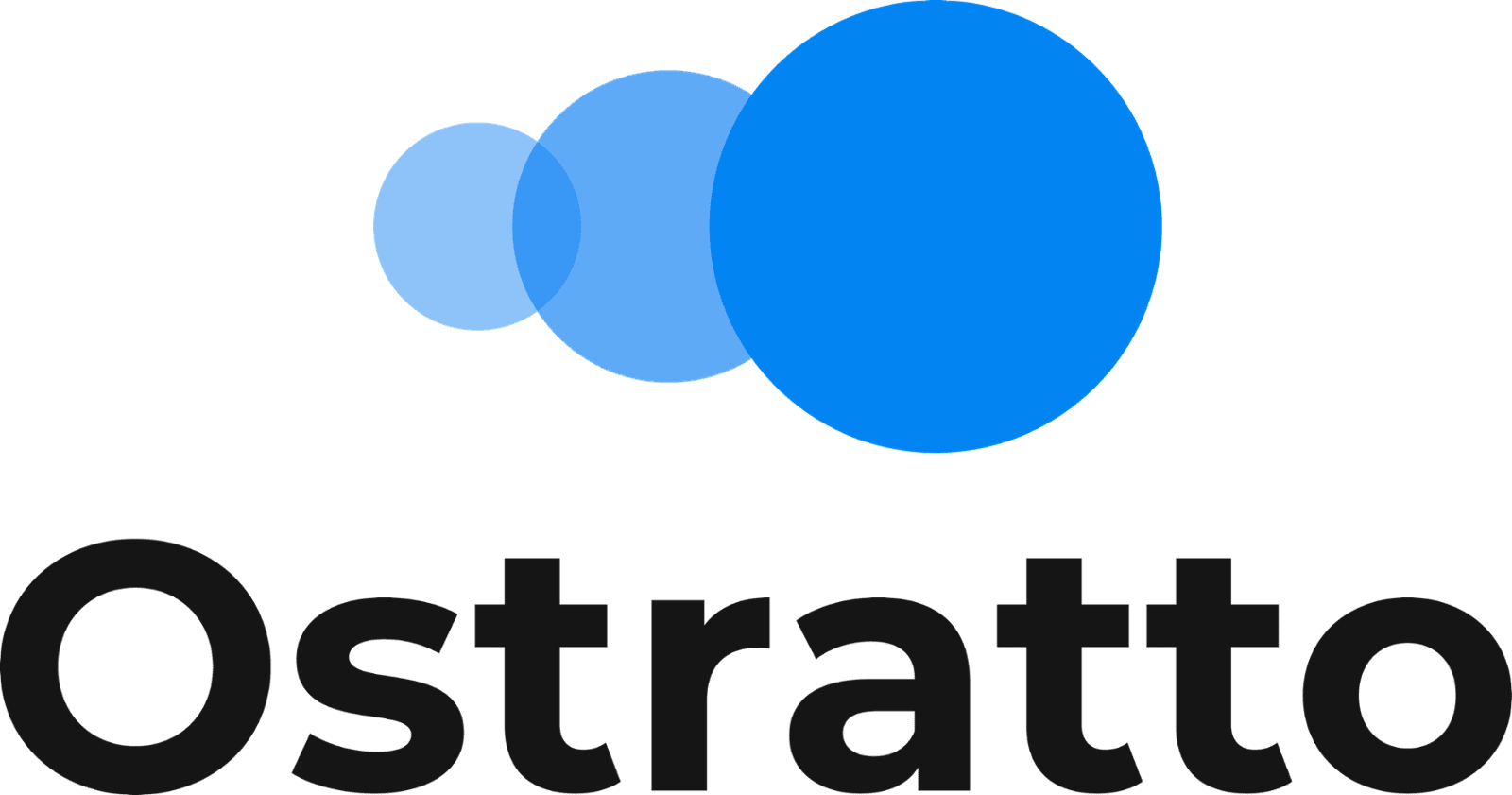What Exactly Is ZTNA?
- Never trust, always verify – Every login attempt and every device is continuously checked.
- Least privilege access – Users only get access to the specific apps or resources they need, nothing more.
- Context-aware decisions – Access can depend on factors like device security, location, or time of day.
How ZTNA Works in Practice




| ZTNA | VPN | |
|---|---|---|
| Security Approach | Follows “zero trust” - no one is trusted by default. | Creates a secure tunnel for the entire network. Trusted once inside. |
| Access Control | Limits access to only the specific resources required. | Grants full access to the network once connected. |
| User Experience | Web-based, easier setup, and usually provides smoother access. | Requires software installation; may slow down internet speeds. |
| Scalability | Easier to scale, especially in cloud environments. | Can face performance issues with more users. |
| Location of Access | Focuses on granting access to specific apps/services. | Provides access to the entire internal network remotely. |
Benefits of ZTNA for SME's
Adopting Zero Trust Network Access doesn’t just modernise your security - it brings practical advantages for smaller organisations. By moving away from broad, “all-or-nothing” network access, ZTNA helps SMEs work more securely, efficiently, and flexibly, especially in today’s cloud-driven and remote-working environments.
Stronger Security
Better Remote Experience
Simpler IT Management
Supports Compliance
Scales Easily
How SMEs Can Get Started with ZTNA
- Audit your current access model – Who is accessing what systems, from where, and on which devices?
- Start small – Pilot ZTNA on one cloud app or a subset of users first.
- Enforce multi-factor authentication (MFA) – This is a foundation for ZTNA.
- Choose the right vendor – Look for solutions with UK/EU data centres, simple integrations with your tools (Zoho, Google Workspace, Microsoft 365), and SME-friendly pricing.
- Work with a trusted partner – If you don’t have in-house expertise, a consultancy can help you design policies and roll out ZTNA smoothly.

